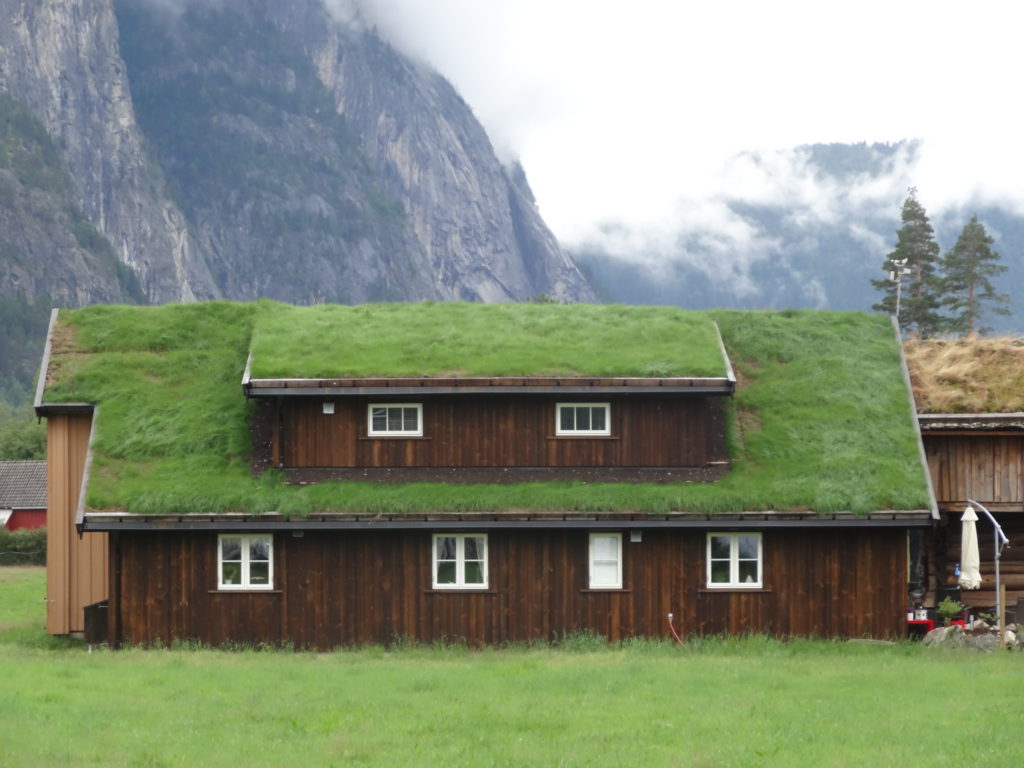
Green roofs are roofs on buildings that are partially or completely covered with vegetation and a growing medium, generally planted over a waterproofing membrane. The modern version of these roofs began in Germany in the 1960s and spread to many other European countries over time. With concerns about climate change and shrinking natural resources rising, green roofs are becoming increasingly popular across North America. The Toronto-based organization Green Roofs for Healthy Cities estimates that the number in North America has increased by about 15% since 2013.
Replacing black asphalt and shingles with plants can lower the surrounding air temperature, filter dirty storm water, and reduce building energy use. The National Research Council of Canada estimates that a green roof can reduce air conditioning use in a building by as much as 75%. The roofs also help to reduce air pollution and greenhouse gas emissions according to the EPA.
As the benefits of green roofs become more widely known, cities around the world are passing green roof legislation. Copenhagen passed a law in 2010 requiring all new commercial buildings to have green roofs if their roofs are not sloped too much. Toronto was the first city in North America to pass a green roof law in 2009. Over 640 green roofs covering more than five million square feet have since been constructed in Toronto.
Apart from the environmental benefits, green roofs are providing pleasant spaces in the urban environment that may include flower beds, trees, herb gardens, gazebos and picnic tables. As for the economics, studies show that over the course of a roof’s lifetime, green roofs are actually considerably cheaper than conventional roofs taking into account energy savings.
**********
Web Links
The Green Revolution Spreading Across Our Rooftops
Photo, posted July 15, 2014, courtesy of Flickr.
Earth Wise is a production of WAMC Northeast Public Radio.
Leave a Reply